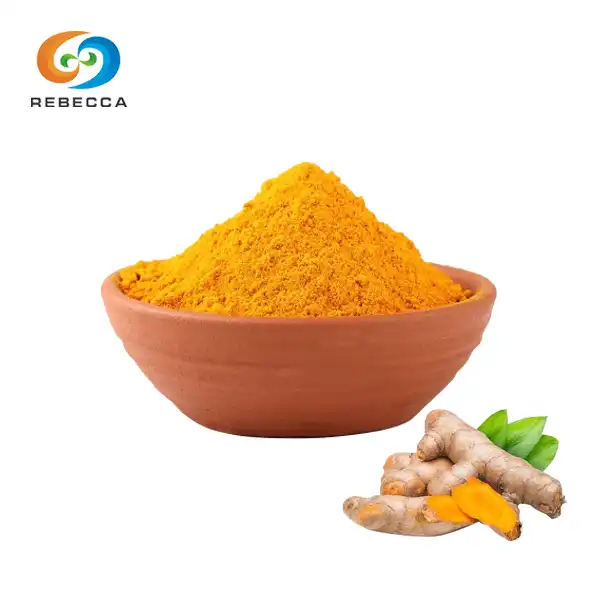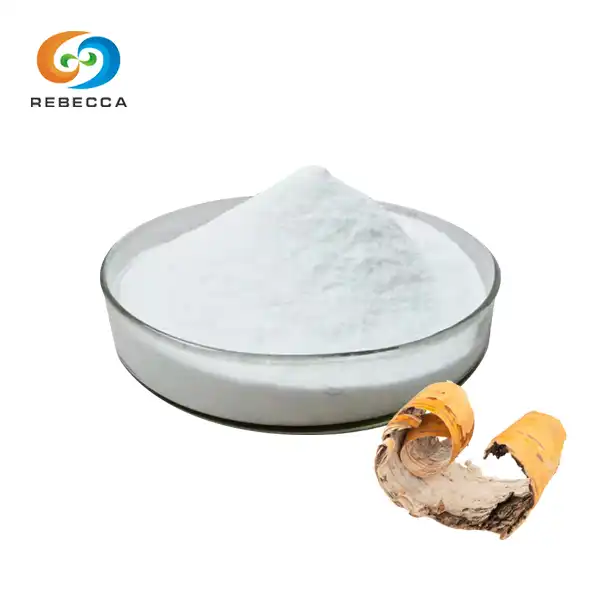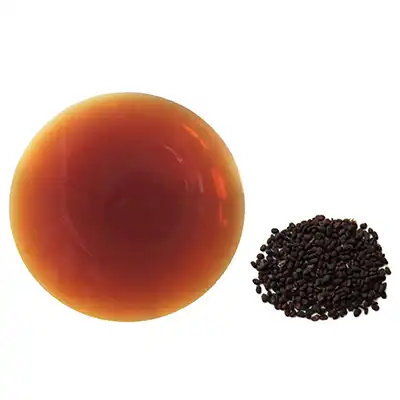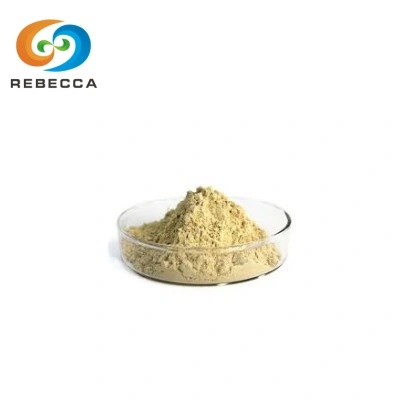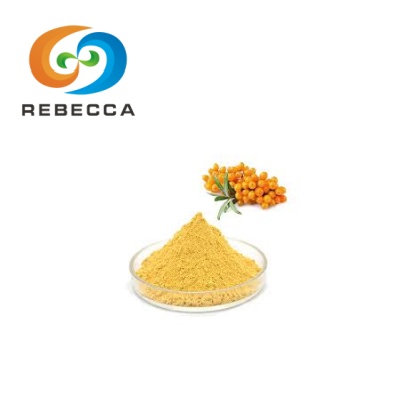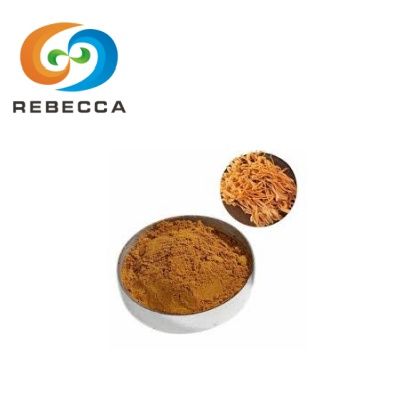Is propyl gallate natural?
propyl gallate powder, a common food additive and antioxidant, has sparked curiosity among consumers and industry professionals alike. As we delve into the world of this versatile compound, we'll explore its origins, synthesis process, and how it differs from natural substances. We'll also examine its wide-ranging applications and address the burning question: Is propyl gallate truly natural?

Propyl Gallate
【English name】: Propyl Gallate
【CAS No.】: 121-79-9
【Molecular Formula】:C10H12O5
【Plant Source】: Gallnut
【active ingredients】: Propyl Gallate
【Specification】: Propyl Gallate 98%
【Appearance】: White to light beige powder
The Origins and Synthesis of Propyl Gallate
Propyl gallate, with the chemical formula C10H12O5, is an ester formed by the reaction of gallic acid and propanol. While gallic acid can be found naturally in plants like gallnuts, tea leaves, and oak bark, the synthesis of propyl gallate powder involves a controlled chemical process.
The production typically follows these steps:
- Extraction of gallic acid from plant sources, often gallnuts
- Purification of the extracted gallic acid
- Esterification reaction between gallic acid and propanol
- Purification and crystallization of the resulting propyl gallate
This synthesis process, while starting with a natural compound, involves human intervention and chemical manipulation. As a result, propyl gallate is classified as a semi-synthetic substance rather than a purely natural one.
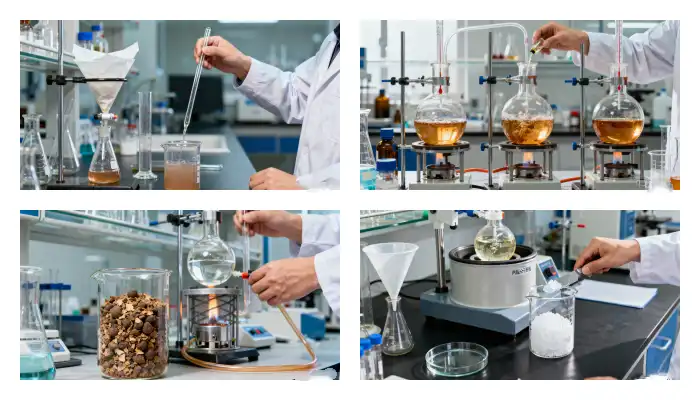
Distinguishing Propyl Gallate from Natural Substances
The distinction between propyl gallate and natural substances lies in their origin and processing. Natural antioxidants, such as vitamin C or tocopherols, are directly extracted from plant sources without significant chemical alterations. Propyl gallate powder, on the other hand, undergoes a more extensive transformation.
Key differences include:
- Chemical structure: Propyl gallate powder has a modified structure compared to its natural precursor, gallic acid
- Stability: Propyl gallate often exhibits enhanced stability compared to some natural antioxidants
- Concentration: The synthesized form allows for more precise control over concentration and purity
While propyl gallate powder shares similarities with natural antioxidants in terms of function, its semi-synthetic nature sets it apart in regulatory classifications and consumer perception.
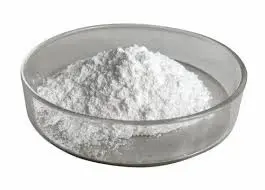
Applications of Propyl Gallate
The versatility of propyl gallate has led to its widespread use across various industries. Its primary function as an antioxidant makes it valuable in preserving the quality and extending the shelf life of numerous products.
Some common applications include:
- Food preservation: Propyl gallate powder helps prevent rancidity in fats and oils, protecting foods like baked goods, snacks, and meat products
- Cosmetics: It's used to prevent oxidation in skincare products, maintaining their efficacy and sensory properties
- Pharmaceuticals: Propyl gallate can stabilize certain medications, ensuring their potency over time
- Industrial applications: It's utilized in lubricants, adhesives, and rubber products to prevent degradation
The ability of propyl gallate powder to inhibit oxidation makes it a crucial ingredient in many formulations, contributing to product stability and longevity. Its effectiveness, coupled with its generally recognized as safe (GRAS) status by the FDA, has solidified its position in various industries.

The Natural vs. Synthetic Debate
The question of whether propyl gallate is natural sparks an interesting debate in the realm of food additives and consumer preferences. While its precursor, gallic acid, occurs naturally, the final product results from a synthetic process.
This hybrid nature raises several points of consideration:
- Regulatory perspective: Most food safety authorities classify propyl gallate powder as a synthetic antioxidant
- Consumer perception: The increasing demand for "clean label" products has led to scrutiny of synthetic additives
- Functionality: Propyl gallate often outperforms natural alternatives in terms of stability and effectiveness
- Environmental impact: The synthesis process may have different ecological implications compared to the extraction of purely natural substances
As consumers become more conscious of ingredient origins, the industry faces the challenge of balancing effectiveness, safety, and naturalness in product formulations.
Safety and Regulatory Considerations
Despite its synthetic nature, propyl gallate powder has undergone extensive safety evaluations. The FDA has approved its use as a food additive, and the European Food Safety Authority (EFSA) has established an Acceptable Daily Intake (ADI).
Key safety aspects include:
- Low toxicity when used within recommended limits
- Ongoing monitoring and reassessment by regulatory bodies
- Potential allergenicity in sensitive individuals, necessitating proper labeling
While generally considered safe, the synthetic nature of propyl gallate requires continued vigilance and research to ensure its long-term safety in various applications.
Future Trends and Alternatives
As consumer preferences shift towards natural ingredients, the food and cosmetic industries are exploring alternatives to synthetic antioxidants like propyl gallate. This trend has spurred research into novel natural preservatives and improved extraction methods for existing ones.
Emerging alternatives include:
- Plant-based extracts rich in polyphenols
- Microalgae-derived antioxidants
- Synergistic blends of natural preservatives
However, challenges remain in matching the efficacy, stability, and cost-effectiveness of propyl gallate. The future may see a combination of improved natural alternatives and more sustainably produced semi-synthetic options.
Propyl Gallate Supplier: Rebecca Bio-Tech
For those seeking high-quality PG powder, Rebecca Bio-Tech stands as a reliable supplier. With a commitment to excellence in plant extract production and research, Rebecca Bio-Tech offers propyl gallate powder (CAS No. 121-79-9) derived from gallnut sources. Their product boasts a 98% purity specification, appearing as a white to light beige powder.
Rebecca Bio-Tech's expertise in herbal active ingredient separation and traditional Chinese herbal medicine functional compound research positions them as a leader in the field. Their dedication to providing premium natural herbal extracts serves pharmaceutical, health product, beverage, and cosmetic industries worldwide.
To learn more about their plant extracts, or to place an inquiry, contact Rebecca Bio-Tech at information@sxrebecca.com. Their team of experts is ready to assist you in finding the right solutions for your antioxidant needs.
FAQ
Q1: Is propyl gallate safe for consumption?
A: Propyl gallate is generally recognized as safe (GRAS) by the FDA when used within recommended limits. However, as with any food additive, some individuals may experience sensitivity. Always consult product labels and your healthcare provider if you have concerns.
Q2: Can propyl gallate be used in organic products?
A: Due to its semi-synthetic nature, propyl gallate is typically not allowed in certified organic products. Manufacturers of organic goods often seek natural alternatives to achieve similar antioxidant effects.
Q3: How does propyl gallate compare to other antioxidants in terms of effectiveness?
A: Propyl gallate is known for its high efficacy in preventing oxidation, especially in fats and oils. It often outperforms natural antioxidants in terms of stability and longevity, making it a preferred choice in many industrial applications.
References
1. U.S. Food and Drug Administration (FDA). (2024). Food Additives Status List. U.S. Department of Health and Human Services.
2. European Food Safety Authority (EFSA). (2014). Scientific Opinion on the re-evaluation of propyl gallate (E 310) as a food additive. EFSA Journal, 12(5):3642. doi:10.2903/j.efsa.2014.3642.
3. Joint FAO/WHO Expert Committee on Food Additives (JECFA). (2001). Evaluation of Certain Food Additives and Contaminants. WHO Technical Report Series No. 901. World Health Organization, Geneva.
4. International Programme on Chemical Safety (IPCS). (1998). Propyl Gallate: Concise International Chemical Assessment Document. World Health Organization.
5. Pokorný, J. (2007). Are natural antioxidants better – and safer – than synthetic antioxidants? European Journal of Lipid Science and Technology, 109(6), 629–642.
